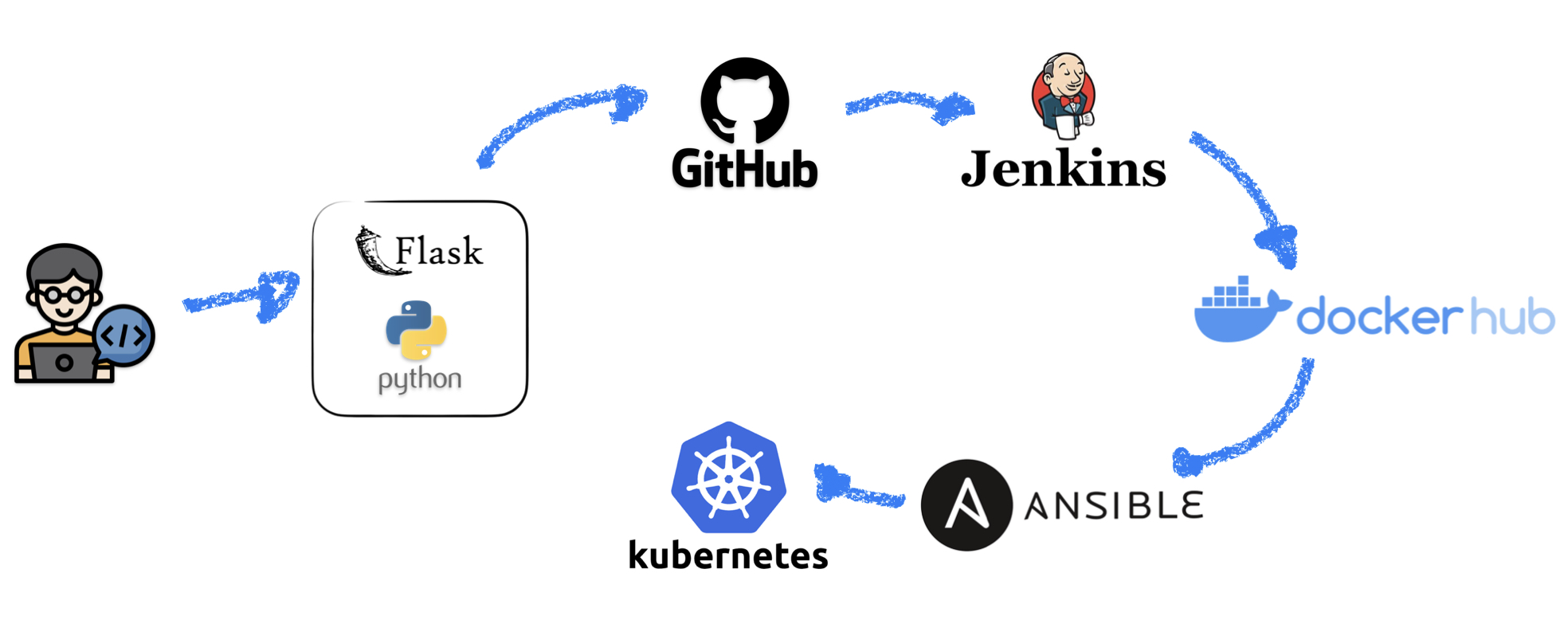Category: Scripting
-
Real World DevOps CI/CD Python Project – Part 3
Read This Post: Real World DevOps CI/CD Python Project – Part 3Part 1 – Here Part 2 – Here Jenkins So let’s install Jenkins on the server02 by following the Jenkins Documentation, it’s pretty simple. After the installation completes we need to enable and start Jenkins. Ok, we confirmed that the service is up and running. Now type the following to get the initial admin password…

-
Real World DevOps CI/CD Python Project – Part 2
Read This Post: Real World DevOps CI/CD Python Project – Part 2Part 1 – Here Kubernetes Cluster Following part 1 of our project, if you deployed all the VMs using the Vagrant Scripts that I used, it is going to be easy to configure our Kubernetes Cluster because the container runtime is already installed as well as the kubelet and kubeadm, so, to configure the cluster…

-
Real World DevOps CI/CD Python Project – Part 1
Read This Post: Real World DevOps CI/CD Python Project – Part 1In this post, I will show how to deploy a Python + Flask app to a Kubernetes cluster using Jenkins + Ansible from a GitHub repository. Scenario This is a real-world use case that I had to do on my job, the App is a self-service portal where the users can log in with their…

-
Automating tasks with Ansible
Read This Post: Automating tasks with AnsibleIn this post, I will show how to automate tasks using Ansible. For this example, I will use the script to Domain join Ubuntu servers to the Active Directory domain. First, install ansible on the Control Node, which is the server you will use to manage the others, in our case, server01 is the chosen…

-
Multiple VMs at once with Vagrant and VirtualBox
Read This Post: Multiple VMs at once with Vagrant and VirtualBoxIn this post, I showed how to provision a Ubuntu VM using Vagrant and VirtualBox, now here is an updated version to provision as many as you want (and your hardware supports) within a single script. Basically, the script is the same as before, the difference is that I’ve set some variables and moved the…

-
How to Join Ubuntu to Active Directory Domain
Read This Post: How to Join Ubuntu to Active Directory DomainHere is how to join a server running Ubuntu Linux to Active Directory Domain and also permit just some users or groups to log into this server. First, ensure that your Linux VM uses the AD as the primary DNS server. Initialize Kerberos using the kinit command. That’s it, first I will try to connect…
-
Locally provisioning VMs in Virtualbox using Vagrant
Read This Post: Locally provisioning VMs in Virtualbox using VagrantVagrant is a tool from Hashicorp that enables you to deploy Infrastructure as code very fast. First, create a directory and open the Terminal on that directory and run the vagrant init command. It will create a Vagrantfile, edit this file to provision the resources you want. Here is a script to provision an Ubuntu…
-
Recreate Active Directory Groups with Users using Python
Read This Post: Recreate Active Directory Groups with Users using PythonSo, as I mentioned in my previous post, I need to recreate several AD Groups but use a new name and preserve the member users from that groups. I have shown in my last post how to do this with a simple PowerShell script but the problem is that is done one group at a…
-
Active Directory – Copy users from one group to another
Read This Post: Active Directory – Copy users from one group to anotherWe are migrating our File Servers to Sharepoint Sites and one of the tasks is to review users’ permissions. We used to use Active Directory Groups to provide users access to File Shares but as part of the migrating process, we have to create new groups with a new naming convention instead of renaming the…
-
Bulk add users to Teams’ Team
Read This Post: Bulk add users to Teams’ TeamRecently I was tasked to add 600 users to a Team in Microsoft Teams, and you can do that easily by using a Powershell script, here is what you can do. First, generate a CSV with all the users you will need to add to the Team with only two columns, the email and Role…